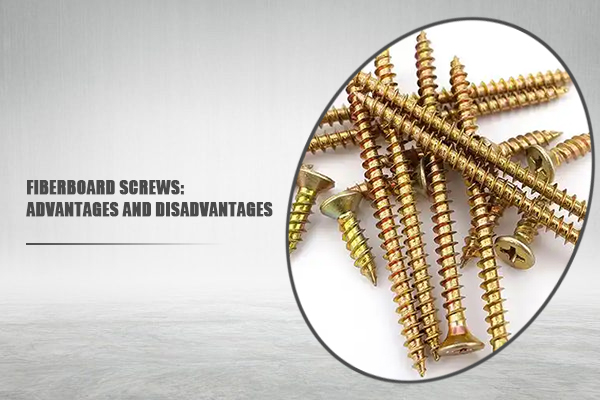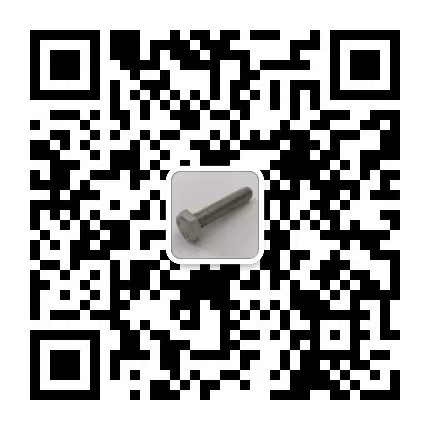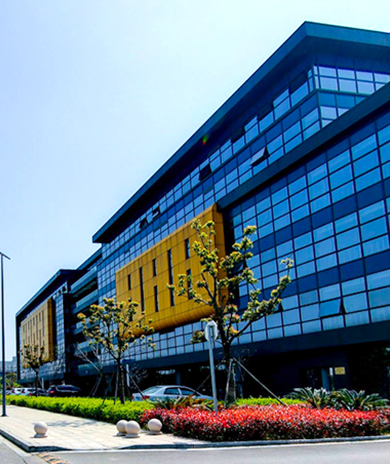VIDEO & CENTER

Compared to standard wood screws or drywall screws, fiberboard screws are specifically engineered for particleboard, MDF, and other composite materials, offering distinct advantages but also some limitations.

Their primary advantage lies in their unique thread design. They feature a very wide, aggressive bite and a steep thread angle. This is crucial for gripping the soft, crumbly, and low-density structure of engineered wood, preventing stripping and pull-out where traditional screws fail. The deep, sharp threads cut cleanly into the material without generating excessive heat that can weaken the board. Many also feature a self-tapping tip, eliminating the absolute need for pre-drilling a pilot hole in softer composites, which speeds up assembly. This design provides a vastly superior holding power in their intended application than a standard screw.
The main disadvantage is their specialization. They are generally overkill and potentially problematic for hard, solid wood. The extremely coarse threads can split solid wood if not pre-drilled and may not provide as clean a finish. Furthermore, they are not typically designed for high shear strength applications like structural lag bolts or for use in metal like machine screws. Their performance is optimized specifically for low-density materials, meaning their utility is narrower than a more general-purpose screw.
In summary, fiberboard screws excel in their niche, providing unmatched holding power in composite materials, but lack the versatility of other screw types and can be detrimental if misapplied.














